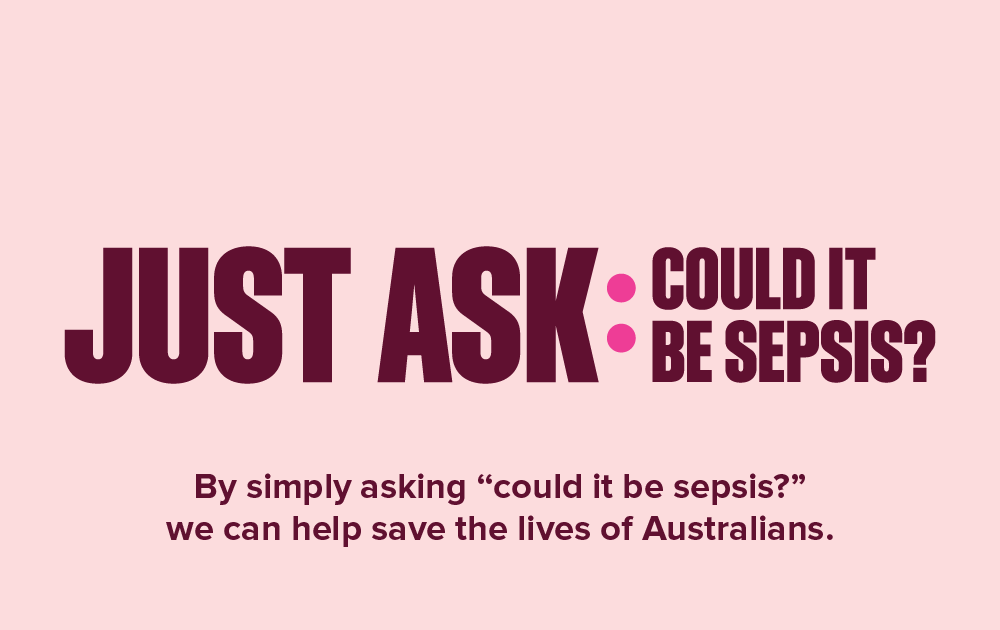Sepsis awareness in Australia has been driven by Sepsis Australia through a combination of ongoing awareness activities and promotions, a national strategy and grassroots advocacy. Sepsis Australia in collaboration with the Australian Commission on Safety and Quality in Health Care delivered targeted campaigns such as “Could It Be Sepsis?”, clinical education modules, and public-facing resources to improve early recognition and response.
These efforts aim to embed awareness across hospitals, primary care, and community settings, ensuring that both clinicians and consumers understand the urgency of sepsis and the importance of timely treatment.
Now, with the release of the NSPE Sepsis Epidemiology Report (2025), the most detailed national analysis of sepsis hospitalisations to date, the urgency is reinforced by robust and contemporary data. The report confirms sepsis as a major contributor to mortality and morbidity in Australia, underscoring the imperative for sustained, system-wide action.
The report provides a more accurate picture of the condition’s burden in Australia reveals a significantly higher burden than previously understood. In 2022–23, more than 84,000 Australians were hospitalised with sepsis and over 12,000 died, a sharp increase from previous estimates of 55,000 cases and 7,400 deaths annually.
Sepsis symptoms such as fever, confusion, rapid breathing, and extreme discomfort often overlap with those of common illnesses like influenza or viral infections. This similarity can lead to misinterpretation and delays in seeking appropriate care. Improving awareness is essential, as early recognition is associated with reduced mortality, lower morbidity, and improved treatment outcomes.
The term “sepsis” itself is not widely understood, and its symptoms are not unique to the condition. However, the combination of symptoms, along with how effectively individuals or their carers can describe their experience or communicate urgency, can significantly influence clinical response.
Awareness efforts aim to ensure that all individuals understand that sepsis can affect anyone, at any time, triggered by any infection. While certain populations may be at higher risk, the condition is not limited to these groups. Providing people with the knowledge and confidence to ask appropriate questions when seriously unwell is a key component of improving recognition and response.
Awareness is a central focus of the Stopping Sepsis National Action Plan (SSNAP), which identifies public and clinical education as critical to improving early detection, timely treatment, and equitable care across the health system.
Addressing this central to the SSNAP and the National Sepsis Program and Program Extension delivered programs of worked dedicated specifically to public awareness.
Program One: The Could It Be Sepsis? public awareness campaign, developed by the Australian Commission on Safety and Quality in Health Care, aims to improve early recognition of sepsis by encouraging individuals and clinicians to consider sepsis when someone is seriously unwell. By prompting people to ask “Could it be sepsis?”, the campaign seeks to reduce delays in diagnosis and treatment, which are critical to improving survival and recovery outcomes.
As part of the National Sepsis Program, the campaign includes social media assets, posters, videos, and clinical prompts designed for use across hospitals, primary care, and community settings. In addition to aligning with the SSNAP the campaign supports the Sepsis Clinical Care Standard’s key strategy to reduce preventable harm. The campaign reinforces that anyone can develop sepsis from any infection, and that informed questioning, and escalation can make a life-saving difference.
Program Two: The National Sepsis Program Extension launched the Tongue Twister Sepsis Challenge for World Sepsis Day 2024. This was national social media campaign led by Sepsis Australia designed to raise public awareness of sepsis in a fresh and engaging way. Centred around the phrase “I’m sepsis susceptible and susceptible to sepsis,” the challenge invited Australians to record themselves attempting the tongue twister and share it online using the hashtag #SepsisChallenge.
The campaign’s purpose was to increase recognition of the word “sepsis,” educate the public about its symptoms, and encourage people to ask the critical question: “Could it be sepsis?” especially when unwell but unsure why and concerned for self or family.
The challenge successfully amplified awareness efforts, generating thousands of views and shares across social media. It also helped normalise the use of the word “sepsis” in everyday conversation—an important step in improving early recognition and response.
Sepsis Australia, in alignment with the SSNAP, continues to prioritise public awareness as a core action in Australia’s national response to sepsis. Awareness raising is critical for consumers, as early recognition and timely escalation can significantly improve outcomes. The importance of this work is underscored by countless anecdotal accounts from survivors and bereaved families who reflect that, had they known more about sepsis, its symptoms, urgency, and risks, they might have asked different questions, sought care sooner, or avoided long-term impacts. These lived experiences reinforce the need for sustained, system-wide education that empowers individuals to recognise when something feels seriously wrong and to ask, “Could it be sepsis?” Awareness is not just a campaign; it is a life-saving strategy which should be embedded in national policy.

